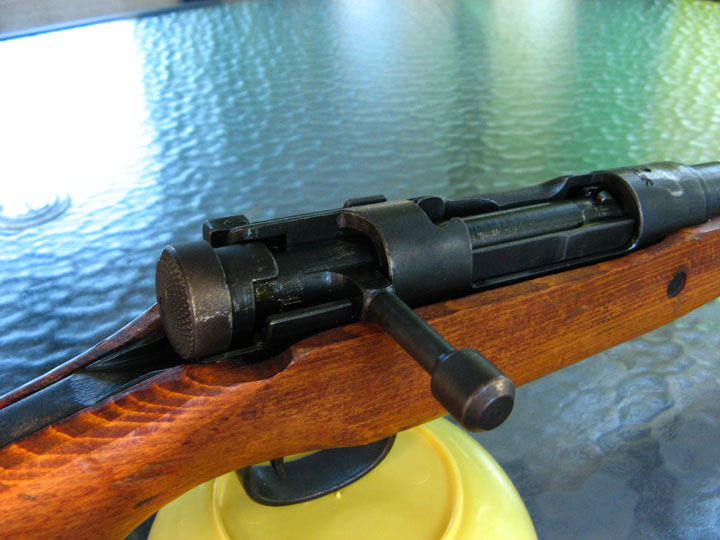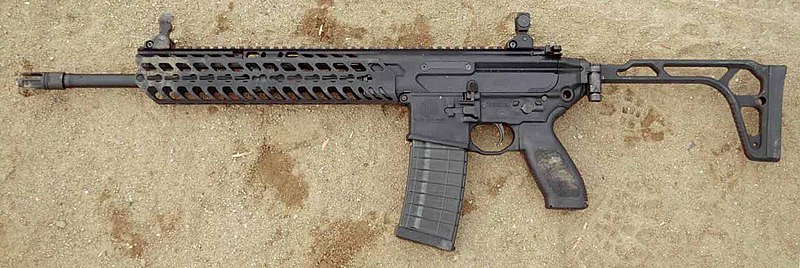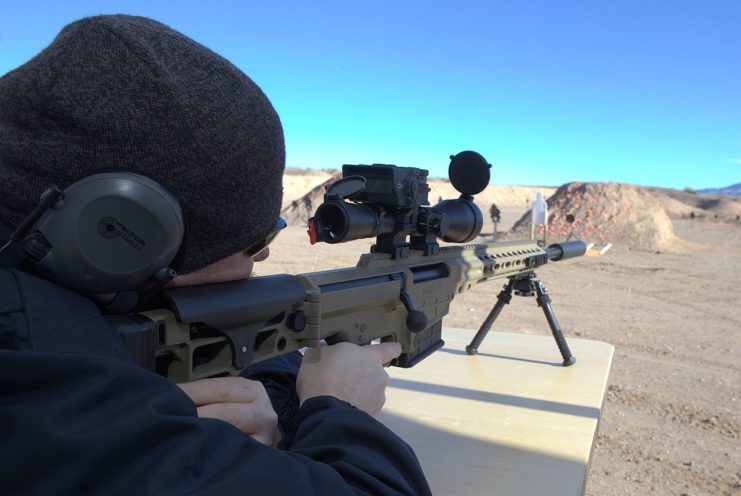
Photo Courtesy of Ca.garcia.s
In our last entry of Historical Firearms, we catalogued the M1 Garand. Today, we’ll take a look at one of that rifle’s main adversaries during the Second World War. That’s right: today, we’re taking a gander at the infamous Arisaka.
The Arisaka: Background
Although it would eventually rise to prominence during the Pacific War, the story of the Arisaka doesn’t start there. Instead, it begins in 1987. That’s the year Lieutenant General Arisaka Nariakira completed his design of the Type 30 rifle.
Eventually, it would bear his name. Regarded as one of the greatest arms makers in Japanese history, Nariakira was the son of a samurai and was also known for his work designing artillery pieces.
The Imperial Japanese Army (IJA) would further refine the rifle when they defeated the Russians during the Russo-Japanese War of 1905. The resulting firearm, re-dubbed the Type 38, became the first true “Arisaka” rifle. Ironically, Japan would end up selling many of these rifles to the Russians during the First World War. The IJA would eventually develop two more Arisakas: the Type 99 and Type 02.
The IJN quickly put the Arisaka to use invading Manchuria and mainland China. It performed well there against the out-gunned and technologically inferior Chinese Nationalists and Communists. But the Arisaka’s real test was yet to come.
Ultimate Smackdown: the Garand vs the Arisaka in the Pacific War
Everyone knows that the Imperial Japanese Navy’s Kito Butai (First Air Fleet) attacked Pearl Harbor on December 7, 1941. But what many don’t know is that the same month, the Imperial Japanese Army began tearing through Southeast Asia like a steamroller.
Troops bearing Arisakas conquered parts of what is now Indonesia, Thailand, and Malaysia. They even conquered the Philippines, forcing Field Marshal Douglas McArthur, the commander there, to evacuate while issuing his famous line: “I shall return.”
But the Arisaka’s early successes weren’t enough to win Japan the war. Eventually, the Americans, British, Australian, New Zealander, Philippine, and Indian allies managed to push the fanatical and tenacious IJA back on land. And with some significant help from the US Pacific Fleet (looking at you, Battle of Midway), the Allies ensured that the sun set on the Japanese Empire.
The Arisaka Rifle: Technical Details

Photo Courtesy of Ben Dibble
The IJA eventually issued three different types of Arisaka rifles. They each featured a 5 round magazine capacity and a bolt-action design. But that’s where the similarities ended between each of the rifle’s subtypes.
- Type 38 Long Rifle: chambered in 6.5×50 Arisaka and weighing in at 4.12 kg, this variant featured an overall length of 1275 mm and a barrel length of 800 mm.
- Type 99 Short Rifle: the IJA developed the high-powered 7.7×58 cartridge for this new Arisaka variant. It weighed 3.8 kg thanks to its shortened barrel length of 656 mm.
- Type 02 Paratroop Rifle: also chambered in 7.7×58, this version of the Arisaka could be broken down into separate pieces, making them smaller and less cumbersome for paratroopers.
If you look hard enough, you can still find some Arisakas on the market today. They’re mostly Type 38s, but some rare Type 99s do exist. They’ve become a catch for collectors, thanks to their history and reliability.
Are you enjoying our series on historical firearms? Let us know on social media.



